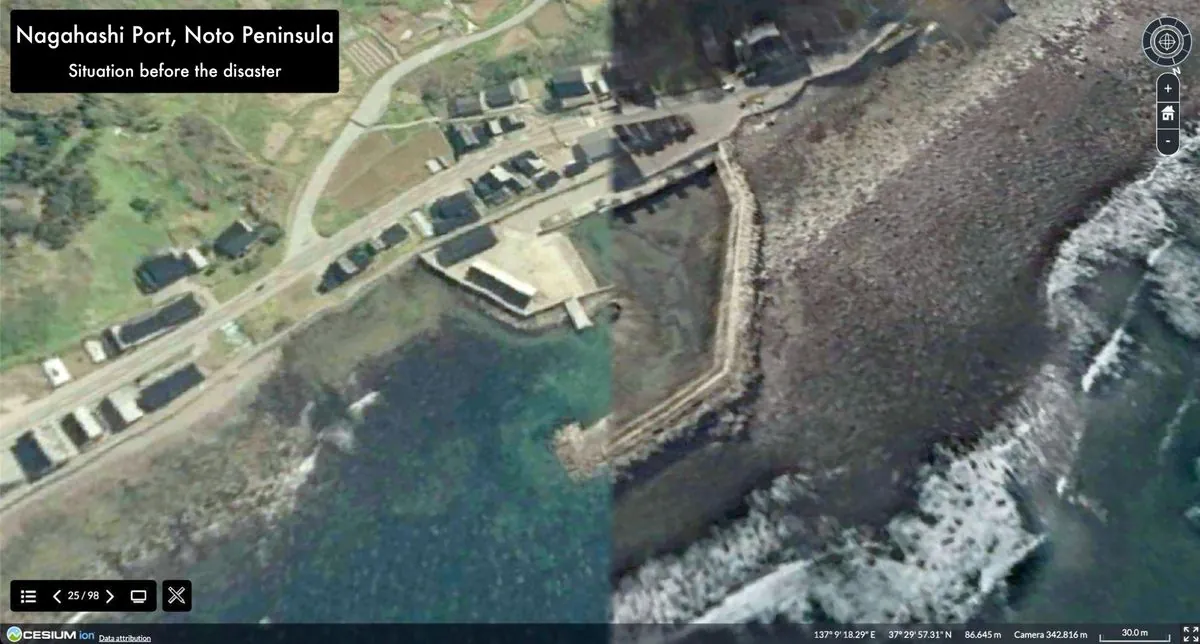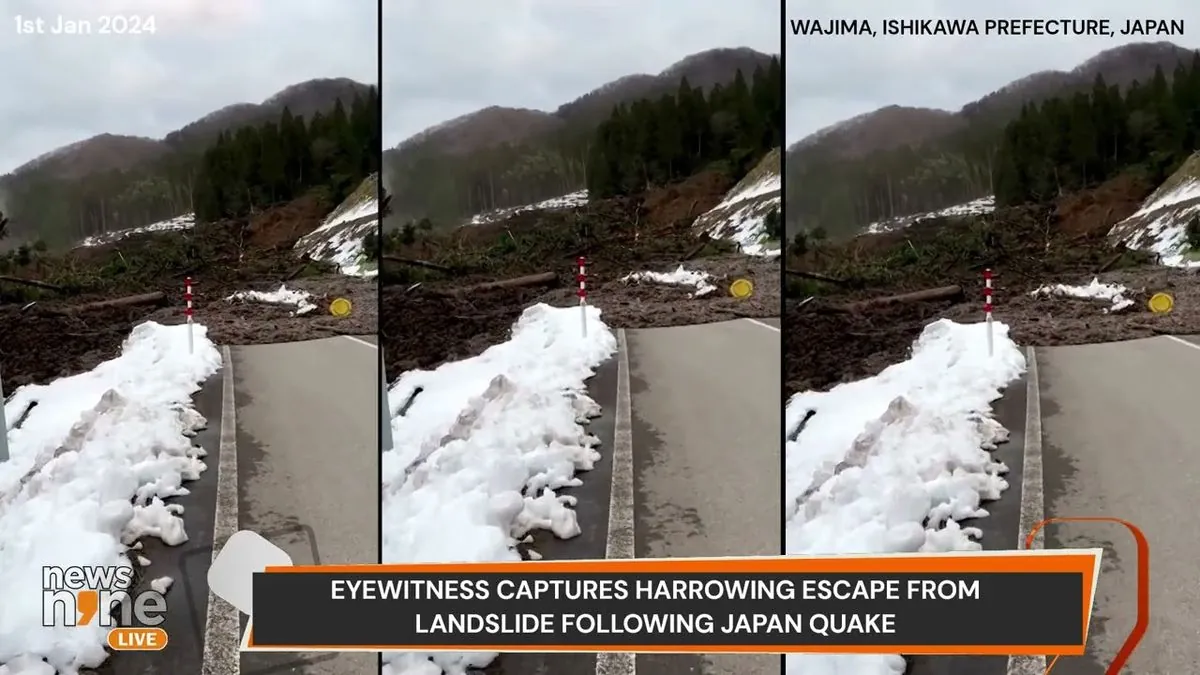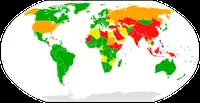Noto Region Battles Floods as Heavy Rain Pounds Earthquake-Stricken Area
Heavy rainfall in Japan's Noto region causes flooding and landslides, stranding residents. The area, still recovering from a January earthquake, faces further challenges as rivers overflow and power outages occur.

Japan's Noto region, located on a peninsula extending about 100 km into the Sea of Japan, is currently grappling with severe flooding and landslides caused by intense rainfall. The area, still reeling from a devastating earthquake earlier this year, now faces new challenges as nature unleashes its fury once again.
The Japan Meteorological Agency, established in 1875, has issued its highest level of rain warnings for several cities in Ishikawa Prefecture, including Wajima. This region, known for its traditional crafts such as Kutani ware and Wajima lacquerware, is experiencing significant disruptions due to the extreme weather conditions.
As of September 21, 2024, at least 12 rivers in Ishikawa have breached their banks, according to the Land and Infrastructure Ministry. The situation is particularly dire in Wajima, where one person has been reported missing. Local authorities are urging residents to exercise extreme caution due to the heightened risk of mudslides and potential building damage.

The Japan Meteorological Agency predicts up to 20 centimeters of rainfall in the region over the next 24 hours. This heavy precipitation is attributed to rainbands affecting the Hokuriku region, which includes Ishikawa, Fukui, Toyama, and Niigata prefectures.
While no injuries have been reported thus far, numerous homes have been inundated, and residents in two Wajima districts find themselves stranded due to landslides. The disaster has also led to power outages, with Hokuriku Electric Power Co. reporting approximately 6,500 homes without electricity.
The current crisis is exacerbating the challenges faced by a region still recovering from a 7.6 magnitude earthquake that struck on January 1, 2024. That seismic event, which occurred just 8 months and 20 days ago, claimed over 370 lives and caused significant damage to infrastructure.
Japan, one of the most seismically active countries globally, is no stranger to natural disasters. The nation's topography, characterized by steep, short rivers, makes it particularly susceptible to flooding. Climate change is expected to increase the frequency and intensity of such extreme weather events in the future.
As the Noto region battles this latest calamity, it serves as a stark reminder of the ongoing vulnerability of areas prone to multiple natural hazards. The resilience of the local population, coupled with Japan's sophisticated early warning systems for earthquakes and tsunamis, will be crucial in navigating these challenging times.


































